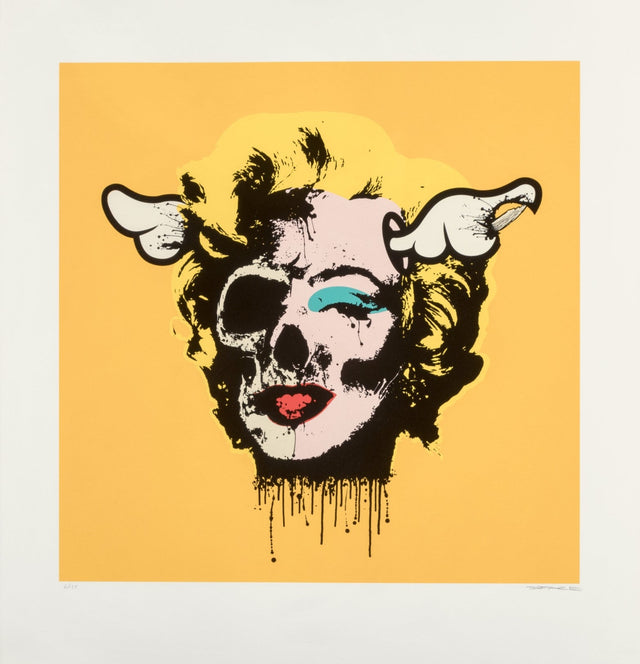Movies in Street Pop Art and Graffiti
Movies can be a great source of inspiration for graffiti street art. Films often feature iconic characters, settings, and images that can be recreated on walls and other urban surfaces using graffiti techniques. Some examples of movies that have been the subject of graffiti street art include Star Wars: The Star Wars franchise, which is a popular choice for graffiti artists. Characters such as Darth Vader, Yoda, and Stormtroopers are frequently depicted in graffiti art. The Godfather: The Godfather is another movie that has inspired graffiti artists—the iconic image of Marlon Brando as Vito Corleone has been recreated in graffiti art. The Avengers: The Marvel Cinematic Universe has become a massive cultural phenomenon, and graffiti artists have taken notice. Characters such as Iron Man, Captain America, and the Hulk have all been depicted in graffiti street art. Pulp Fiction: Quentin Tarantino's films are known for their distinctive style, and Pulp Fiction is no exception. The iconic image of John Travolta and Samuel L. Jackson pointing guns at each other has been recreated in graffiti street art. The Shawshank Redemption: The famous scene from The Shawshank Redemption in which Andy Dufresne crawls through a sewage tunnel has been depicted in graffiti street art. These are just a few examples of the many movies that have inspired graffiti street art. Graffiti artists often use movies to communicate their ideas and express their creativity publicly.
Cinematic Influence on Street Pop Art and Graffiti
The intersection of movies and street pop art, along with graffiti artwork, is an exhilarating nexus that showcases the profound impact of cinema on visual culture. With its vast narrative power and iconic imagery, the film has long been a rich source of inspiration for artists operating in urban landscapes. The influence of movies can be seen in the vibrant murals that decorate city walls, the intricate stencils that appear overnight on public surfaces, and the bold tags that claim spaces with references to cinematic history. Movies serve as a universal language that resonates across diverse populations, and street pop art has harnessed this communicative power to engage with audiences on a grand scale. Artists have often used iconic characters, famous movie scenes, and well-known film quotes within their work, creating a dialogue that is both familiar and fresh. This convergence of film and street art forms a visual shorthand that speaks volumes, conveying complex themes through the marriage of these two dynamic mediums. Street artists often channel the same creative energy and storytelling prowess filmmakers use, translating it into art that can be experienced as one moves through the urban environment. The relationship between these two art forms is symbiotic; street art can amplify the themes and aesthetics of cinema, while movies can provide street art with a narrative depth and a richness of visual language that is instantly recognizable. In essence, the homage to movies in street pop art and graffiti celebrates the storytelling tradition. Through their work, artists comment on society, politics, and culture, using the imagery of films to anchor their messages in a shared cultural consciousness. This art becomes a part of the urban fabric, as integral to the cityscape as the theaters and billboards that first introduced those films to the public eye.

















































